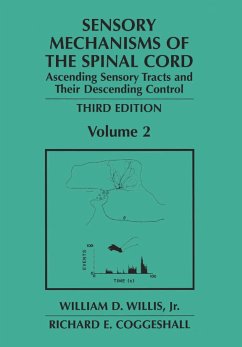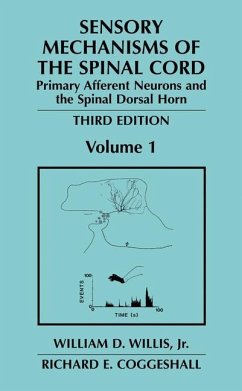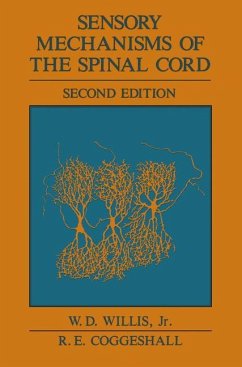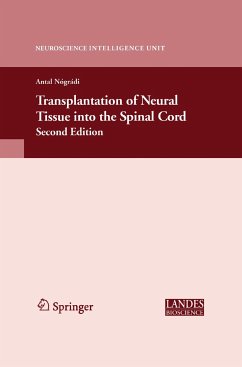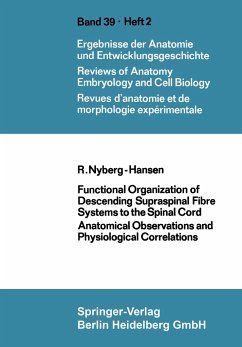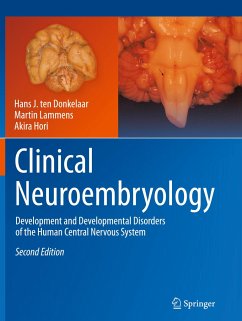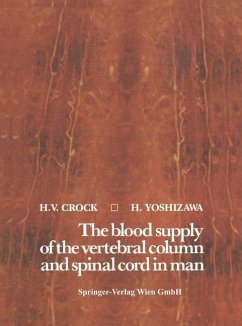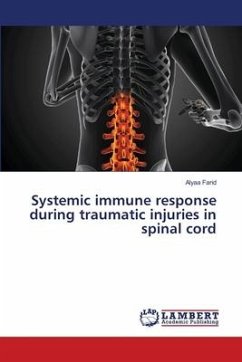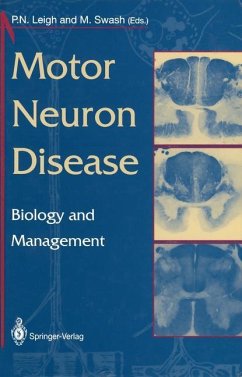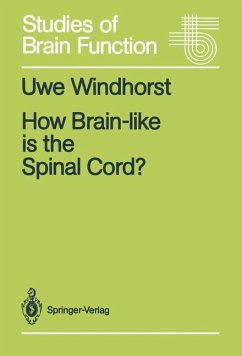
How Brain-like is the Spinal Cord?
Interacting Cell Assemblies in the Nervous System

PAYBACK Punkte
20 °P sammeln!
"Theorizing about brain functions is often considered slightly disreputable and anyhow a waste of time -perhaps even 'philoso- ical'" 1 P. S. CHURCHLAND At present there are no unanimously accepted general con cepts of brain operation and function. This is especially the case with regard to so-called "higher" functions such as per ception, memory or the coupling between sensory input and motor output. There are a number of different reasons for this. Some may be related to experimental limitations allowing the simultaneous recording of the activities of only a restricted number of neurones. Bu...
"Theorizing about brain functions is often considered slightly disreputable and anyhow a waste of time -perhaps even 'philoso- ical'" 1 P. S. CHURCHLAND At present there are no unanimously accepted general con cepts of brain operation and function. This is especially the case with regard to so-called "higher" functions such as per ception, memory or the coupling between sensory input and motor output. There are a number of different reasons for this. Some may be related to experimental limitations allowing the simultaneous recording of the activities of only a restricted number of neurones. But there are also conceptual difficulties hindering the transition from "single-neurone" schemes, in which neurones are assigned relatively specific tasks (such as feature detection), to more complex schemes of nerve cell as semblies (for a discussion of some of the difficulties see Abeles 1982; von der Malsburg 1981; Kriiger 1983). Whilst much is known about the basic properties and functions of single neu rones, whose operations we hope to understand in the foresee able future, this does not hold true in the same way for the working of large assemblies of neurones.



